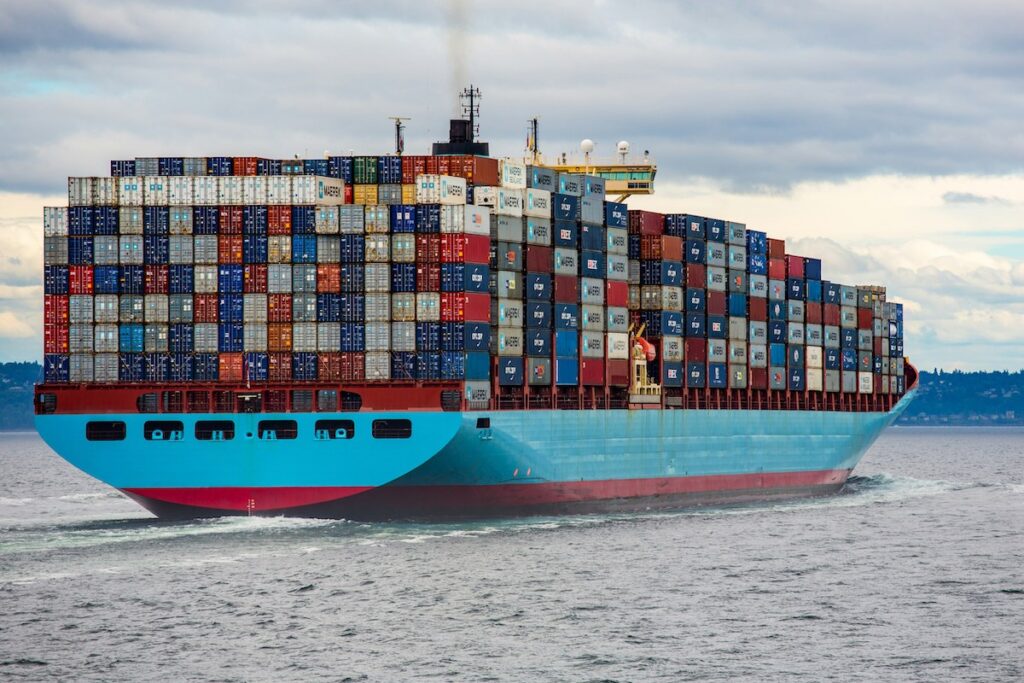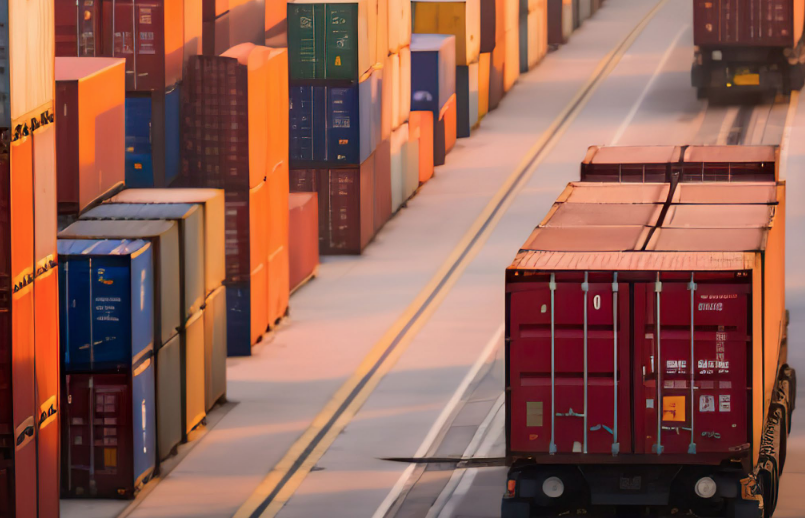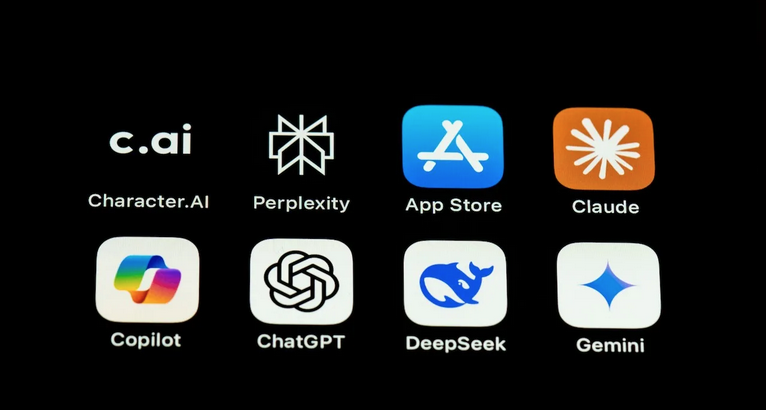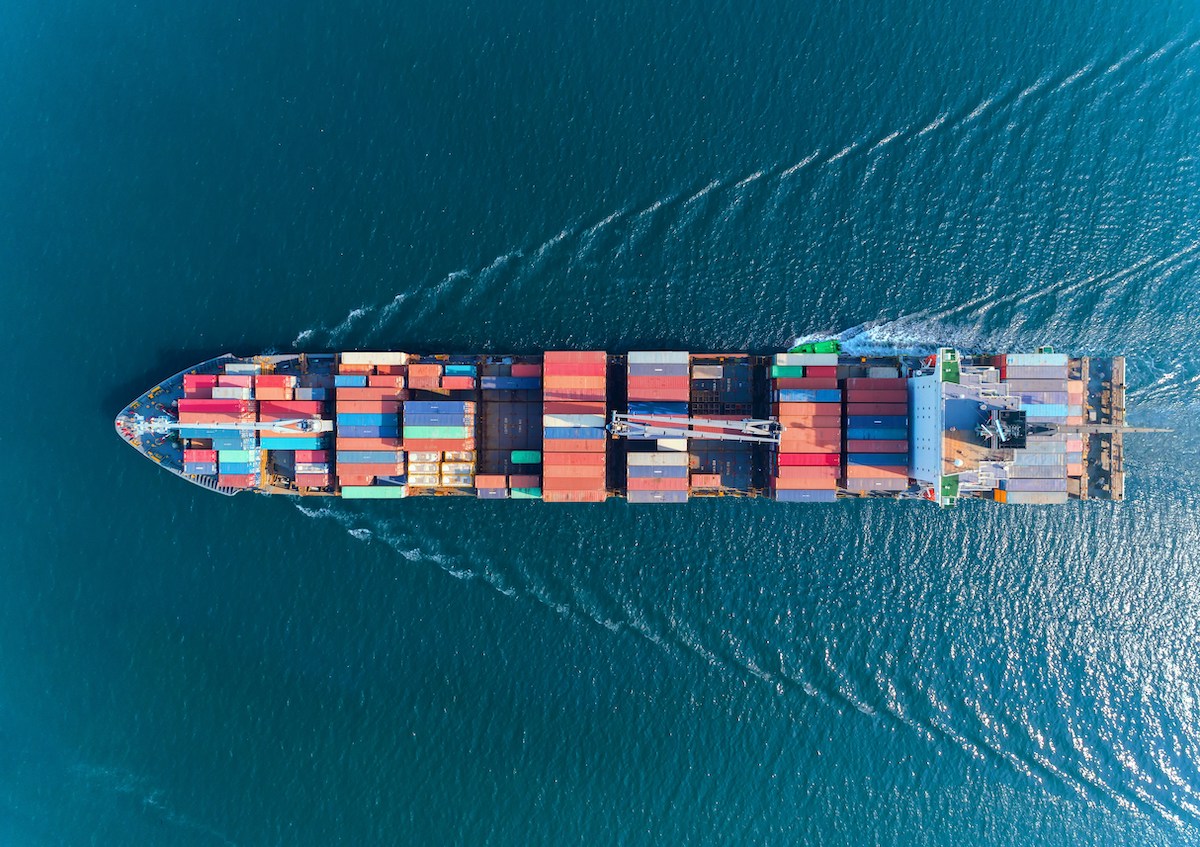While companies have poured investment into physical supply chain improvements (tracking, automation, sourcing diversification), many ignore financial flows until it’s too late.
In this article, we look at how supply chain finance (SCF) innovation — early payment programs, dynamic discounting, real-time receivables management — must evolve alongside physical logistics to truly build resilient global operations.
SCF Resiliance is More Important Than Ever
For many, it feels like 2025 is an abject lesson in resilience, not just for trade finance and international trade. Old certainties are crumbling. Fears of war and recession are everywhere.
After a turbulent time since February, markets have rallied, and the demand for shipping containers and trade finance has increased in May 2025.
During talks in Geneva, the US Treasury Secretary, Scott Bessent, said both sides had shown “great respect” in the negotiations. “The consensus from both delegations this weekend was neither side wants a decoupling,” he said. Good news for international trade, trade finance, and the economy!
One consequence of this is a surge in demand for getting goods shipped quickly to their destinations. This is happening worldwide, placing a premium on 40-foot containers, according to Drewry. Naturally, increased demand for shipping during this 90-day tariff pause will mean that more companies need trade finance to cover these higher and unexpected costs.
Now, there is the risk of war between Iran and the US, which has thrown new uncertainty into the mix.
Israel and Iran started exchanging missiles recently. America, on the side of Israel, attacked Iran. As of the time of writing, Iran retaliated, and now the world is waiting to see if these hostilities will heat up or cool down.
The markets have reacted faster. Oil rose. The US$ gained against world currencies. Iran could try to restrict shipping access through the Strait of Hormuz as a potential consequence of missile strikes. What will this do to international trade and trade finance globally? Container prices may go up, as will the demand for trade finance.

All of this illustrates the importance of financial and supply chain robustness and flexibility. Both of which supply chain finance (SCF) innovation can help with.
Why Supply Chain Finance (SCF) Keeps Evolving
As our CRO, Dominic Capolongo, said in an article in Finance Derivative:
“The global trade ecosystem, already complex before recent tariff upheavals, now operates in a state of perpetual flux. Invoices, payments, and remittance advice that once flowed through predictable channels now navigate a maze of shifting regulations, fluctuating exchange rates, and extended payment terms.”
“It is against this backdrop that traditional reconciliation approaches have hit their ceiling. Manual processes and rule-based systems that once served financial institutions adequately now represent a genuine liability – a reality many institutions are only beginning to confront.”
Opportunities Within The SCF Market
Supply chain finance (SCF) is a big market within the wider trade finance sector. It grew at a CAGR of 26% from 2017 to 2023 despite an increase in global protectionism and tariffs.
SCF continues to grow at a rate of “7% annually, currently worth $2.34 trillion, with funds in use (FiU) at $916 billion,” according to the latest BCR Publishing’s World Supply Chain Report 2024. (2023 figures).
The opportunity gaps within the SCF market, and we find those in Asia, particularly South East Asia, and the MENA region.
The following countries and regions are largely untapped markets for trade finance: Africa, Asia, China, India, and the United Arab Emirates (UAE), worth $2.5 trillion, according to the International Asian Development Bank.
At the same time, another consequence of tariffs is trade diversification. Imports to the U.S. are likely to drop, but that means that manufacturers and exporters will be looking for new markets for their products.

Risks and Limitations of Manual SCF Processing
The limitations of conventional reconciliation systems within SCF and the supply chain have become more apparent in recent months. Once designed for more stable market conditions, they are struggling to adapt to today’s dynamic trade environment.
Manual processing remains surprisingly prevalent across the financial services sector, particularly in trade finance.
Back-office staff within banks, asset management firms, and businesses that originate and receive supply chain finance usually need to painstakingly review documents, re-key information from PDFs, and reconcile payments against invoices through spreadsheet-based tracking.
However, we know all too well that this manual work causes problems:
- Too time-consuming
- Resource intensive
- Errors happen
- Fraud is more likely too: “An estimated $1 trillion of financial crime proceeds flow through the $9.1 trillion industry’s trade channels each year”, according to EY.
- Compliance failures
- KYC and AML are harder to implement: An EY article notes that: “On average, a large trade finance bank can spend anywhere from $25m to $42m annually on risk, compliance, sanctions and anti-money laundering (AML) tasks – all without growing its business.”
💡Find out more: How AI is shaping risk management in trade finance.
How AI Can Make SCF & Trade Finance More Resilient
One of the challenges is that trade finance is still stuck in manual and outdated ways of working.
Paper invoices.
Excel spreadsheets.
Even faxes.
Moving banks, asset managers, and corporates away from these manual (and more liable to regulatory failings) processes and into digital ones would save a lot of money and make trade finance transactions more robust, resilient, and secure.
AI integrations within SCF and other trade finance systems — at the origination and distribution end (and everywhere in between) is no longer a nice-to-have; it’s mission-critical.
As our CRO, Dominic Capolongo, said in Finance Derivative:
“The key advantage lies in AI’s pattern recognition capabilities. Rather than relying on fixed rules, machine learning models can identify complex relationships between different data elements.”
“When a buyer truncates an invoice reference or applies an unexpected discount, AI can still identify the correct match by recognising patterns in the remaining data points. This capability proves invaluable when reconciling transactions affected by tariff-related adjustments or partial payments.”

AI Improving Digitization & Reconciliation
The benefits of AI-powered reconciliation extend well beyond operational efficiency.
Financial institutions implementing these systems report significant improvements across multiple performance dimensions.
Reconciliation accuracy substantially increases, while processing times dramatically decrease – these efficiency gains enable institutions to handle higher transaction volumes without the corresponding staffing increases.
What truly distinguishes AI systems is the ability to continuously improve through exposure to new data. Each successfully resolved exception enhances the system’s accuracy, creating a virtuous cycle of improvement.
This self-optimising quality is especially valuable in today’s volatile trade environment, where payment patterns and documentation requirements evolve constantly in response to shifting tariffs and regulations.
Key Takeaways: Making SCF & Trade Finance More Resilient With AI
AI is the way forward, as an integral part of the supply chain and trade finance.
If you aren’t already using software that includes AI (or aren’t using software at all for your trade finance operations), then you are falling behind competitors.
At LiquidX, we’ve already incorporated AI and machine learning (ML) in our reconciliation module, InMatch, and our end-to-end Digitization solution.
Both are integral features of our platform, and both help banks, asset managers, and corporates streamline their trade finance operations. AI and ML make trade finance run smoother, faster, and more cost-effectively.
The only way to do that is to ensure you’re using technology that is platform and asset-agnostic. Digitization is the only way forward, and that means using cutting-edge solutions like LiquidX that can:
- Upload any kind of document.
- Handle every type of data, and;
- Communicate (e.g., originate, distribute, buy, and sell) with systems that other players in the industry are using.
Until you go digital, you can’t take advantage of automation and AI in supply chain finance.
Here’s another great reason to work with us! In December 2024, Global Business & Finance Magazine awarded LiquidX with three awards for the second year in a row:
- Best Digital Solutions For Global Trade, United States 2025
- Best Technology Vendor Of The Year, United States 2025
- Best Fintech For Trade, United States 2025
Banks and asset managers: To request a demo of our trade finance distribution solutions, click here.
Article co-authored by Dominic Capolongo, Chief Revenue Officer (CRO).
Dominic brings over 25 years of broad experience building sustainable revenue production and defining, managing, and leading teams.
Previously, Dominic served as Global Head of Funding at PrimeRevenue and held positions at leading financial services companies including FBR, RBC Capital Markets, Jefferies, and Credit Suisse.
